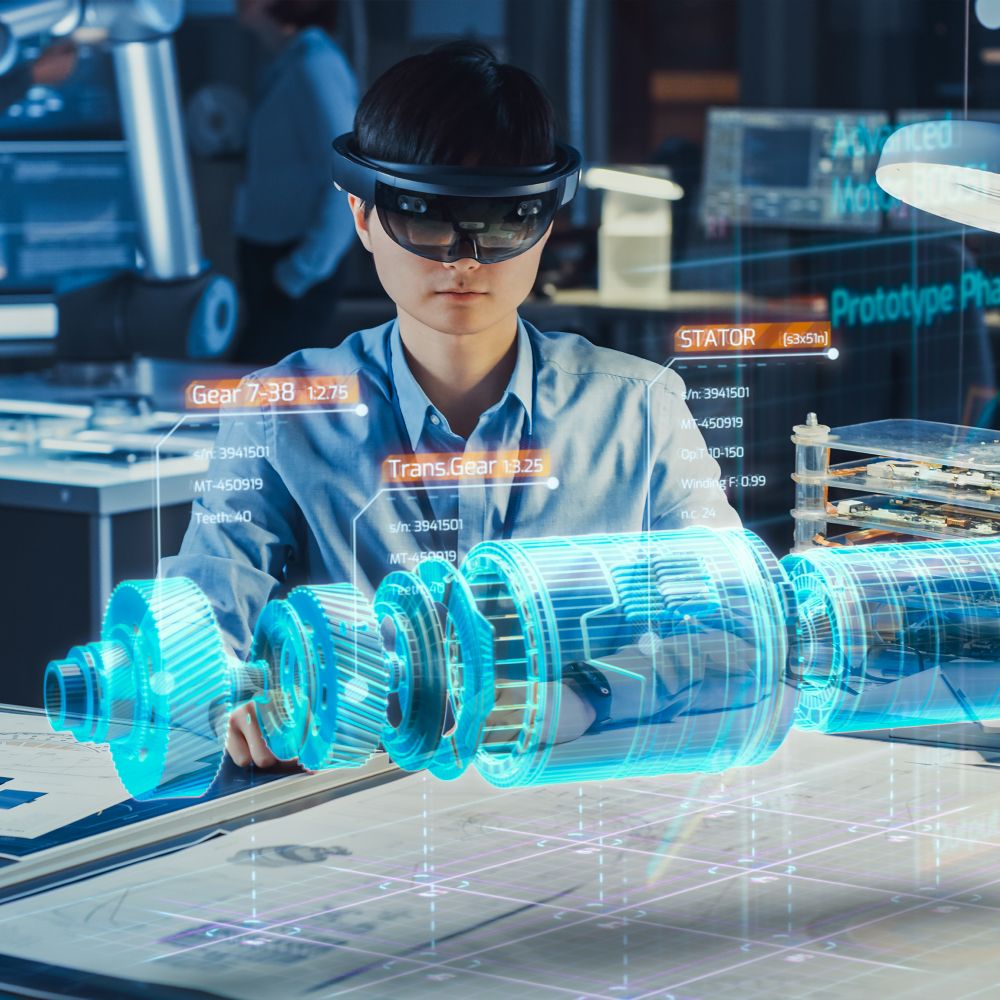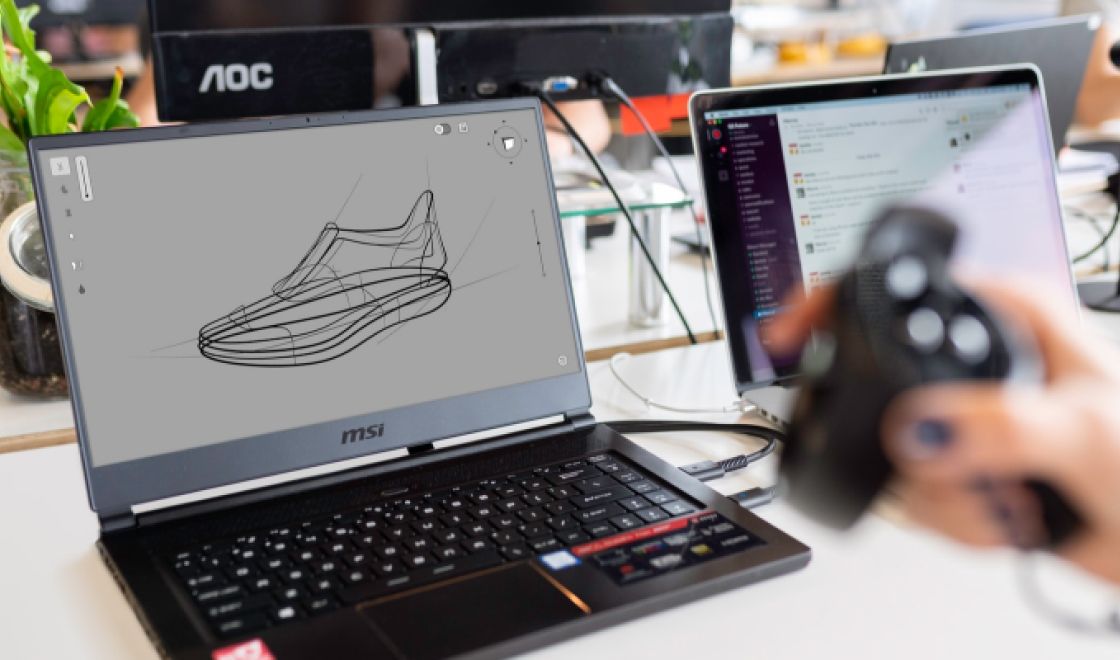Immersive technologies deliver big savings.
The transformation of traditional design review processes represents a golden opportunity for organization that seek to reduce their time to market and avoid project delays. Virtual reality (VR) and Augmented Reality (AR) technologies present a means of addressing these issues to improve the design review process.
Challenges
Traditional processes are time consuming.
The design review process is one of the major causes of project delays across a variety of industries, from automotive to Architecture, Engineering and Construction (AEC). XR technologies have become a must-have for organizations that want to increase collaboration and timely feedback for their projects. Extended reality solutions are critical tools that enable at scale visualizations, foster stakeholder participation and lead to incremental benefits.
2D drawings cause misunderstandings.
Product development processes are often still dependant on 2D drawings which are extremely hard to interpret and lead to avoidable mistakes and increased time to market. Therefore, future-proof companies have adopted VR solutions to visualize and interact with at scale 3D models in virtual worlds, generating tangible benefits for all stakeholders.
Slow design iteration.
Traditional design iteration processes are frustratingly slow. Making changes in real-time when dealing with big teams or clients is a significant challenge for designers, architects, and engineers. In this context, XR technologies provide the ability to communicate faster and make design changes live, unlocking major benefits across the organization.
Slow rendering process.
Rendering is a common pain point for designers, architects, and engineers. Commonly adopted solutions require you to export CAD or BIM models from Rhinoceros 3D, Autodesk Revit or Solidworks to create a rendering of your design. This outdated process causes significant wastes in valuable time and resources.
Frequently Asked Questions (FAQs)
Want to Learn More?
Ask about Vection Technologies' solutions, professional services or anything else. We are ready to help.
Contact Us



